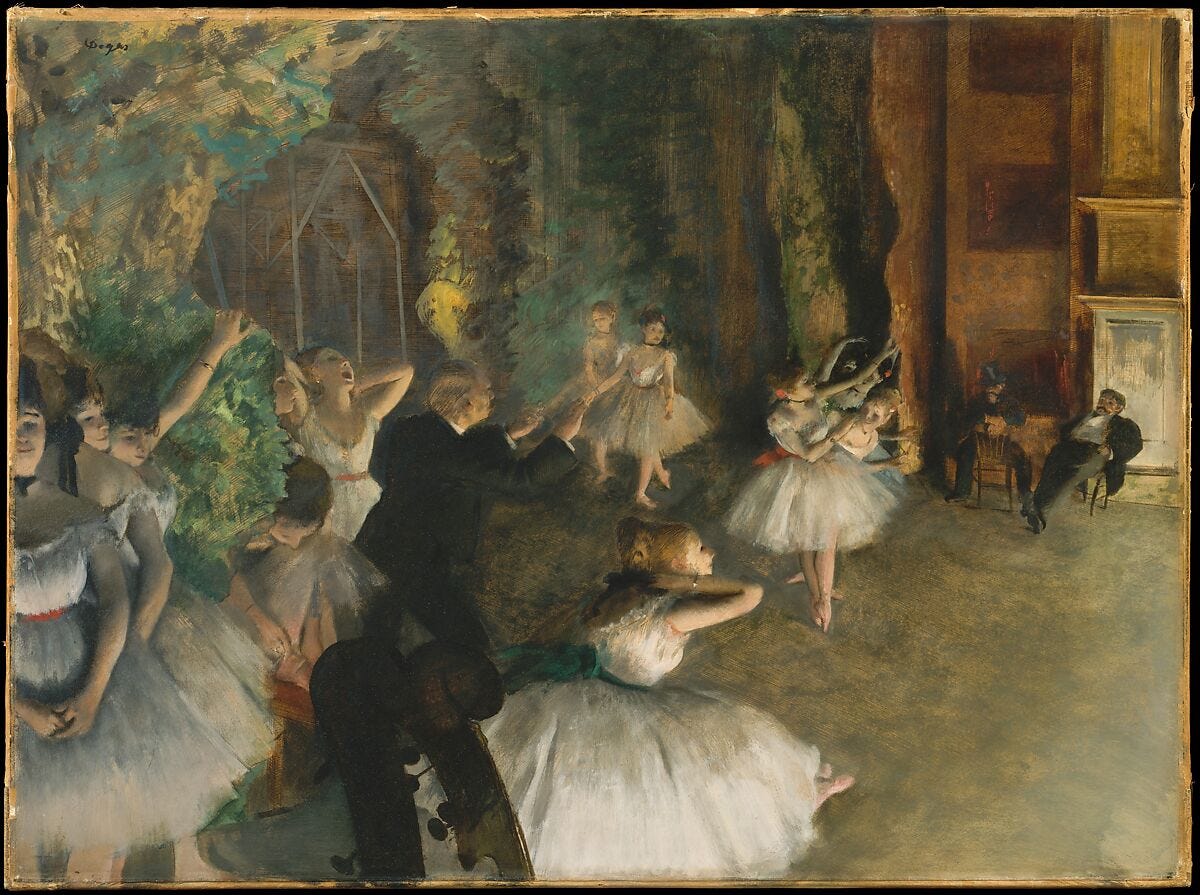The Endurance of The Nutcracker
How Tchaikovsky's holiday classic went from being panned by critics to becoming the world's most popular ballet.

In the midnight gloom of a winter wood, stately pine trees tower overhead. The snowfall begins gradually—a few iridescent flakes make their descent, followed by a few dozen, followed by hundreds, until the ground is blanketed in snow.
If you keep watching, something miraculous happens.
The snow stirs, and suddenly, a snowflake transforms into a dancer. Clothed in shimmering white tulle and crowned in a diamond tiara, the dancer leaps gracefully amongst the trees. Another materializes, and as she twirls through the snow, she is lighter than the wind that sings through the sea of pines. The wintry landscape soon teems with dancers, and the music accompanying their synchronized movements crescendos in a whirling frenzy. The blizzard has arrived.
“Valse de floçons de neige,” or “Waltz of the Snowflakes,” has always been my favorite dance from Pyotr Ilyich Tchaikovsky’s The Nutcracker. As a child, I often dreamed of discovering a portal into another world, like the one Clara (or Klara) discovers over the course of the iconic ballet. After defeating the Mouse King towards the end of Act One, the Nutcracker whom Clara received as a Christmas present reveals himself to be a young prince. The prince whisks Clara away through an enchanted forest of pines en route to his kingdom.


